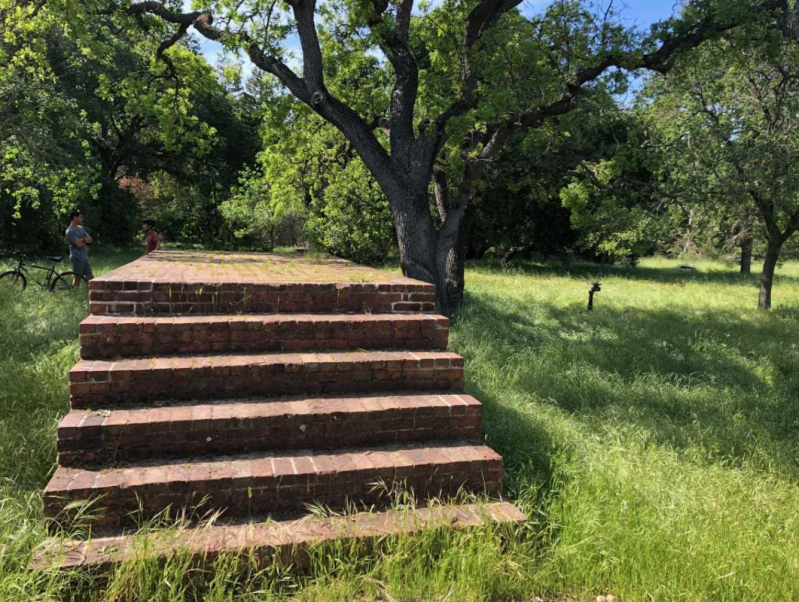Any Stanford student with a spirit for adventure has likely journeyed out to the far reaches of East Campus, where the great thoroughfare that is Page Mill Road takes ambitious travelers into the foothills of the Santa Cruz Mountains. To most of us, the only things that lie beyond Campus Drive are grad students and faculty, and thus we tend to stick to life in our inner bubble. For all the wannabe-Indiana Joneses out there, however, the outskirts of the university are home to some fascinating pieces of history.
In 1874, a Frenchman named Jean-Baptiste Paulin Caperon purchased over a thousand acres of land that is now home to Stanford’s campus. Taking the name Peter Coutts – the namesake of a street just to the east of the university – he laid the plans for a dairy farm and built several structures that were modeled after the architecture of European estates. A lonely bridge and a curious tower are all that remain from this 1875 construction project, giving us a glimpse into a mysterious past.
Frenchman’s Park can easily be located on a map by anyone who seeks it. Situated between Gerona Road and Frenchman’s Road, the small patch of grass and oak trees might not look like much. What stands out is the antique brick bridge in the middle of the park, a curious structure because it crosses absolutely nothing. In the 1870s, the land was used as a reservoir, which implies the previous existence of some sort of waterway for the bridge to span. Even so, it stands today as a strange and quiet remnant from the past.
Further adventure awaits anyone who is unsatisfied with a seemingly ineffectual bridge, for the Frenchman left another ruin of his planned estate in the form of a medieval brick tower. Located just off of Old Page Mill Road on the southern side of the Stanford foothills, this peculiar structure emanates mystery. The small plaque on a rock near the tower indicates that it was part of an irrigation system, while other sources say that the Frenchman may have used it as a library. Whatever the case, the oddest thing about the Frenchman’s Tower is that it lacks any entrance. At one point, there were two open windows on the second story; however, after trespassers began to vandalize the structure, the landowner sealed them up in 1970.
Peter Coutts only owned the land for six years. In 1880, he and his family moved back to France to recover his estate, which had been confiscated by the government during his absence. His land in California was later sold to railroad tycoon Leland Stanford, so beginning our traditional retelling of the story of the university’s origins. The intrigue surrounding the Frenchman persists to this day; the curiosity of the tower with no door and stories of ghosts and secret underground escape tunnels sticks in the minds of adventurous spirits.
Many students might endure their entire Stanford careers without any knowledge of the school’s previous owner, but perhaps the story of the Frenchman can give us some perspective. It is important to understand the history of this place we inhabit without ignoring any of the pieces of the puzzle. Aside from Paulin Caperon, this, of course, raises the issue of the indigenous groups who lived here for thousands of years before the Frenchman built his bridge or his tower. Stanford University stands on the ancestral lands of the Muwekma Ohlone people, and it would be an arrogant and incomplete story to neglects this fact. If visiting these sites and learning about the real history of Stanford helps us recognize those who came before us, then perhaps we should all get out and explore more.
Contact Nur Shelton at nurs18 ‘at’ stanford.edu.
